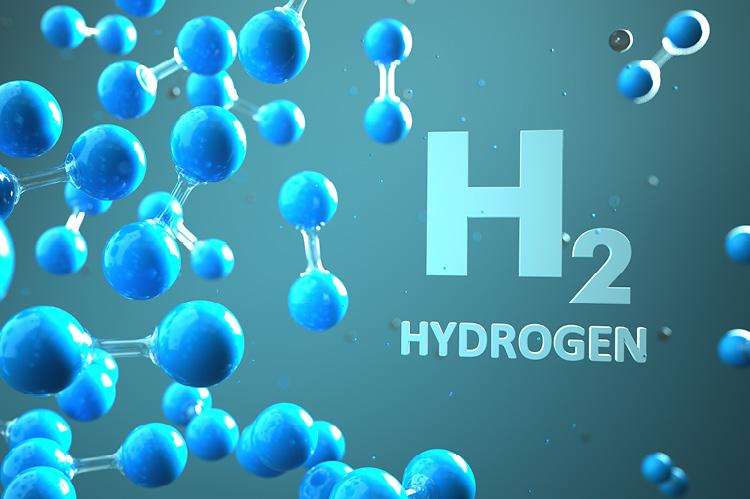Britain's Gas Grid to Accept 20% Hydrogen Blend by 2023, Preparations Underway

Britain's gas grid will, from 2023, start accepting a blend of up to 20% hydrogen as part of the UK's effort to decarbonize its infrastructure.
The Energy Network Association (ENA) published an elaborate plan on how the country's five gas grid companies will meet the government's target as a replacement for up to a fifth of the natural gas currently used. Based on ENA's report, the country's gas-powered plants will be able to use blended gas to generate cleaner electricity.
The companies have asked the UK Government to raise its domestic 2030 hydrogen production target from 5GW to 10 GW to ensure that sources within the country produce maximum hydrogen. This could help protect businesses and homes from gas price spikes that have led to several energy firms' collapse over the last few months.
According to ENA, blending 20% hydrogen into the gas grid will reduce a significant carbon emission per year, equivalent to emissions from 2.5 million cars, without modifying people's cookers, boilers, or heating systems.
The project is a continuation of the progress made by the network of gas companies through the HyDeploy, which began in 2021 in Winlaton Gateshead. This project has proved that blending hydrogen and natural gas is possible and safe.
"Whether it be heating our homes, powering our business, or generating cleaner electricity, hydrogen will help drive up our energy security while driving down our carbon emission – and Britain's gas grid companies are ready to get with the job of delivering that," said ENA's Chief Executive, David Smith.
Smith added that the ENA's plan highlights changes required to deliver cleaner, secure energy supplies for all. He said that what was important was that the government was playing its part too by lifting its target domestic hydrogen production to help gas grid companies deliver for the future.
Blending up to 20% of hydrogen into natural gas depends on the government's final decision in 2023. Since hydrogen is expensive to produce, the government is bridging the gap between fossil fuel and hydrogen by providing subsidies.
The plan also suggests a twin-track approach to subsidies for developing blue and green hydrogen. It's worth noting that green hydrogen is produced through electrolysis which splits water, while blue gas is produced by splitting natural gas.

